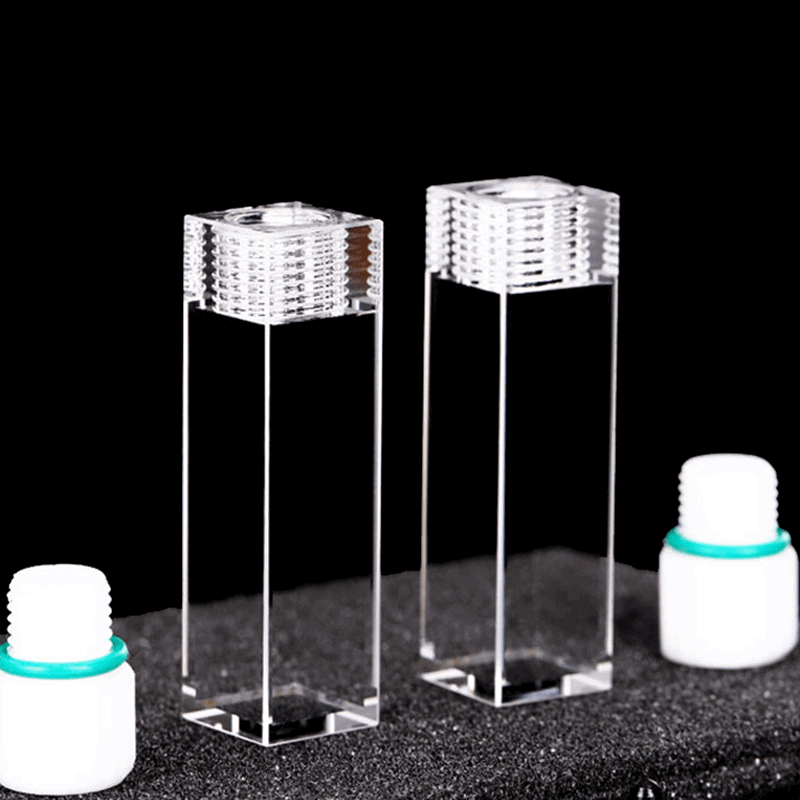Choosing the Right Cuvette Measurement for Optimal Results
Choosing the Right Cuvette Measurement for Optimal Results
Blog Article

The Advantages of Cuvettes and Quartz Vials in Clinical Study
In clinical study, the accuracy and consistency of proportions are paramount, especially in fields like spectroscopy, substance analysis, and biology. One critical component that assures detail in these reports is the cuvette, specially quartz vials. Understanding the advantages of cuvettes and the features of applying quartz vials may somewhat affect the end result of tests and laboratory work.
Accuracy in Spectroscopy
Cuvettes are necessary for keeping liquid products in a variety of analytical instruments, especially spectrophotometers. They measure the absorbance or transmission of gentle through an example, and the cuvette provides as the pot for the trial all through analysis. The measurement and substance of the cuvette perform an essential position in ensuring the reliability of the measurements. Quartz vials, particularly, offer exemplary optical quality, allowing for correct mild transmission across a wide range of wavelengths, including uv (UV) light. That makes quartz vials a great choice for spectroscopic experiments, wherever detail is critical.
Longevity and Chemical Weight
Quartz vials stick out for their durability and resistance to harsh chemicals. Unlike plastic cuvettes, quartz vials are less inclined to degrade or respond with compounds in the trial, ensuring that the outcomes of the try stay unaffected by potential contamination. That quality makes quartz vials particularly useful in conditions wherever aggressive solvents or large conditions are involved. Their capability to withstand intense problems without reducing the strength of the sample is one of many main causes they're favored in several lab applications.
Accuracy in Size and Form
The size of a cuvette is not really a one-size-fits-all situation. The dimension of the cuvette, such as for instance their course length, influences the volume of the sample and the total amount of mild that moves through. Picking the right cuvette measurement for the precise experiment guarantees that the answers are perhaps not skewed because of below or over-concentration of the sample. Quartz vials can be found in many different dimensions and styles, enabling scientists to pick the absolute most proper selection based on the demands of the experiment. That freedom contributes to more precise knowledge and enables greater get a handle on over experimental conditions.
Openness and Gentle Transmission
Quartz is known for their extraordinary visibility, especially in the ultraviolet (UV) and visible gentle spectra. That makes quartz vials ideal for use within devices that want distinct optical trails, such as for instance UV-Vis spectrophotometers. The superior gentle indication attributes of quartz ensure that the gentle moves through the trial with small spreading or consumption, leading to more exact readings. For experiments that demand large detail, quartz vials offer a distinct advantage over different materials.
Long-Term Consistency
When employed in study labs, it is vital to own trusted tools that maintain their reliability over time. Quartz vials are not just chemically tolerant but additionally extremely resilient, indicating they're less likely to knowledge use and tear. That long-term consistency ensures that researchers can use quartz vials for prolonged periods without worrying all about degradation or the need for regular replacements, contributing to cost-effectiveness in the extended run.
To conclude, both cuvettes and quartz vials provide a selection of advantages that enhance the quality and reliability of lab experiments. From their remarkable optical understanding with their substance opposition and durability, these tools are indispensable in clinical research. By choosing the right cuvette size and utilizing quartz vials, scientists may assure precise proportions and obtain more trusted results in their studies. Report this page